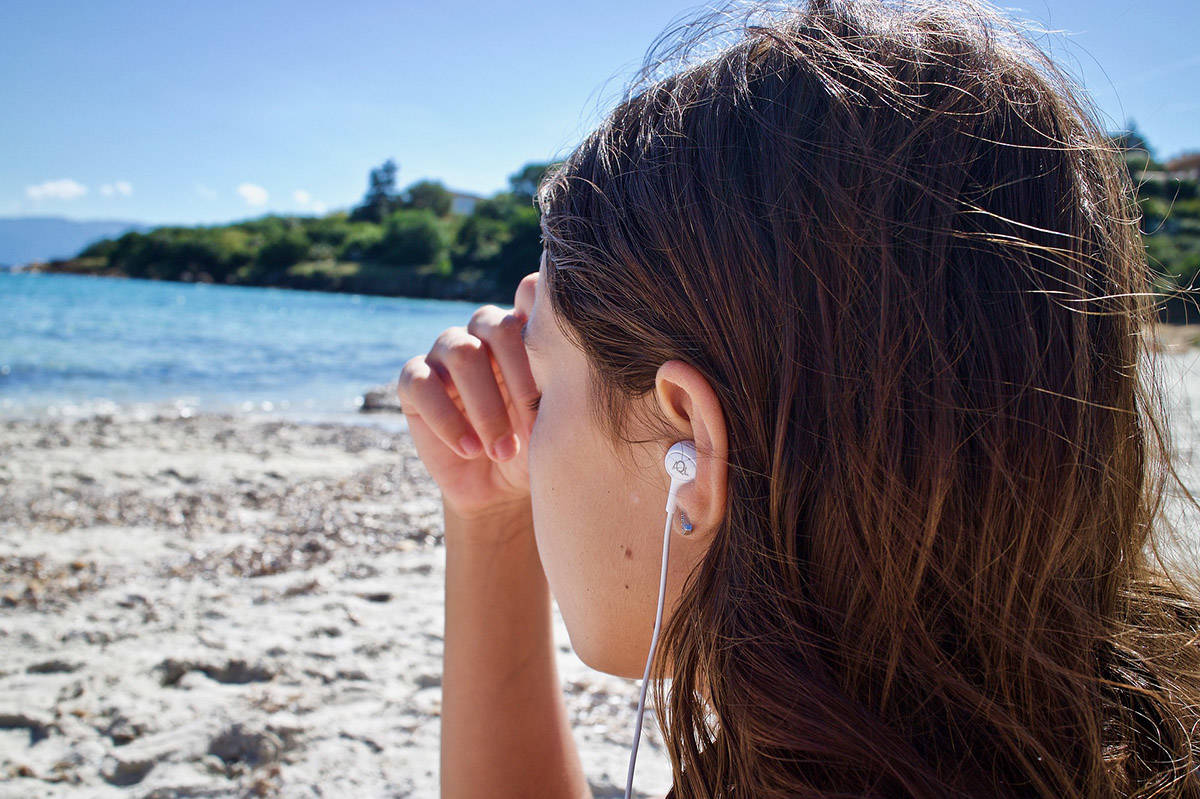By Salina May
Cannabis advocates have long said that it can be an answer to painful and uncomfortable headaches, and a study from over the 49th parallel has provided some evidence to back that claim up.
The study, out of Washington State University, studied the effectiveness of inhaled cannabis on reduction of the severity of headaches and migraines through submissions to a self-reporting app.
Published in November 2019, the data suggested significant reductions in both migraines and headaches after using cannabis, based on roughly 19,500 submissions.
Both headaches and migraine severity was reduced by almost half, or 47 per cent, for headaches and 49 per cent for migraines.
Men reported larger reductions in headaches after cannabis use than women, although the difference was small.
The study also found that cannabis didn’t cause “overuse headaches,” which is a problem that many patients encounter with conventional headache or migraine treatments, such as over-the-counter pain medications.
However, the study did find evidence of tolerance to cannabis as a medical treatment, where patients used larger doses of cannabis over time to treat their head pains.
The data from the study showed that concentrates such as cannabis oil reduced headache severity more than cannabis flower, but that there was no significant difference between cannabis strains higher or lower in THC or CBD, two common active cannabinoids found in the plant.
The researchers suggest this may mean that the headache reducing benefits might be chiefly as a result of one or more of the other approximately 100 cannabinoids present in cannabis or from other constituents such as terpenes.
The study’s main author Carrie Cuttler noted that there were limitations of this research and that more studies are needed to get a better picture of the use of cannabis for treating migraines and headaches.
“I suspect there are some slight overestimates of effectiveness,” said Cuttler.
“My hope is that this research will motivate researchers to take on the difficult work of conducting placebo-controlled trials. In the meantime, this at least gives medical cannabis patients and their doctors a little more information about what they might expect from using cannabis to manage these conditions.”
Prior research on the effects of cannabis on headaches and migraines is limited.
The study notes that only one randomized, double-blind study (the gold standard of scientific research) has been done to date on using cannabis to treat migraines or headaches, and that study used synthetic cannabis rather than studying whole-plant use.
One 2016 study, based on patient chart reviews, found that 40 per cent of medical cannabis patients experienced a positive effect, with their average frequency of migraines reducing from 10.4 per month to 4.6 per month.
Another study published in the Journal of Psychopharmacology found that two-thirds of patients experienced small to substantial decreases in the use of migraine medications after beginning to use medical cannabis.
As cannabis becomes legalized in other parts of the world, impacts on the common headache will likely be one of the focal points for researchers.

